Most store-based simulator games require players to pay some sort of bill. Whether it’s rent, taxes, or something else of that nature, players will need to pay some type of fee. TCG Card Shop Simulator has three bills that go up each day.
Players will need to pay these bills within a week, otherwise they may end up experiencing some rather hefty consequences that could cause the player’s business to go bankrupt. For best practice, it’s always best to try and pay bills at the start of every day to avoid ending up in debt. This guide will go through all there is to know about paying bills in TCG Card Shop Simulator.
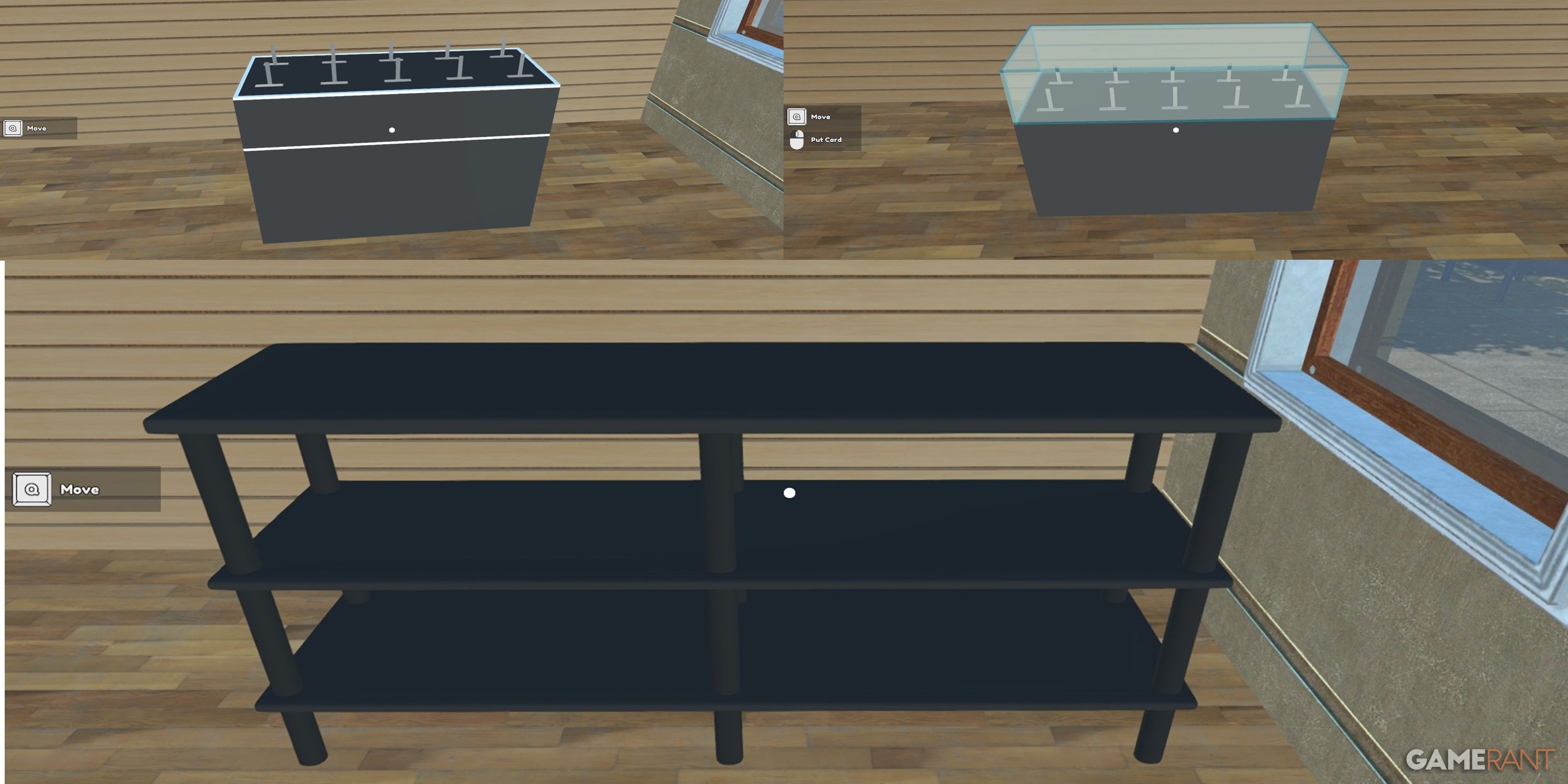
Related
9 Best Units To Buy In TCG Card Shop Simulator
Players should prioritize buying these units in TCG Card Shop simulator.
What Happens If You Don’t Pay Your Bills In TCG?
The short answer is, that you end up in debt. Every day, you will have three charges; rent, wages, and electricity. All of these bills can be seen in the Pay Bills app in your phone. If you don’t pay these bills within 7 days, then once the 7th day has passed, the money will automatically be taken from your account. If you don’t have enough money to pay the bills, then you’ll end up in debt.
Just like real life, getting out of debt in TCG Card Shop Simulator can be quite challenging, especially during the early stages of the game. If you don’t have money, you can’t buy stock, if you can’t purchase stock, you can’t sell items, and you’ll quickly end up going bankrupt. It’s possible to completely fail at the game and end up in a situation where you will have to start over. Players should prioritize paying bills above almost everything else in the game. Once you’ve fallen behind with payments, it’s very difficult to get ahead again.
How Bills Are Calculated In TCG?
As mentioned, there are three types of bills; rent, wages, and electricity. The amount of rent you pay is calculated based on how many store upgrades you have purchased and whether you own store B. The more you own, the more expensive your rent will be. While upgrading your store will bring in more customers, it’s important to keep a good balance between store space and stock variation. If your store is too big, you may not have enough stock to fill it, making the extra costs that come with the additional space a risky investment.
As for electricity, you’ll pay some electricity each day for the general running of the store. This, like the rent, is partially calculated based on store size. However, players do have some more influence over electricity costs than they do rent. The light switch located by the door quickly runs up the electricity bill.
While some newer players may be tempted to keep the lights on all day, it’s not worth it. For whatever reason, customers have no problems shopping in the dark. They won’t complain, leave, or write bad reviews. So, it really doesn’t matter whether the player turns the lights on or not. That said, most players will wait until it gets dark before they turn on the lights. Turning on the lights when it’s dark makes things like stocking shelves and opening packs a bit easier as you’ll have more visibility. But there’s no need to turn on the lights to please the customers. The longer the lights are turned on, the higher the energy bill will be.
Wages are the final daily cost. Each employee has their own daily fee. Their fees can be seen in the recruitment app. Some employees, like Lauren Posie, aren’t really worth their cost. It’s always best to hire staff wisely. After all, if you end up with too many staff members, then you’ll be spending a lot of money just to watch them stand outside your store. Try to hire the bare minimum in terms of staff. Early on, the staff you hire are only really good for stocking shelves. However, in the late stages of the game, it’s best to get the very fast cashiers and do a large amount of shelf filling yourself. Usually, four employees are more than enough to keep things running smoothly. Two for serving customers and then two for stocking shelves. Just be sure to get the employees that are very fast as they are the best ones to use.

Related
TCG Card Shop Simulator: 8 Ways To Attract More Customers
Here’s how to keep customers lining up and money flowing into your store in TCG Card Shop Simulator.
The Best Practice For Paying Bills In TCG
The best way to avoid getting in debt is to pay the bills daily. While this may be tricky during the first few days, it’s much better to prioritize paying the bills over things like purchasing product licenses and store upgrades. All it takes is for the player to fall behind by a couple of days, and then they won’t have enough money to pay their bills.
To avoid forgetting, be sure to pay the bills before opening the store. By doing this, you’ll get into a good routine, and you’ll be less likely to forget to pay them. It’s much better to pay one small bill at the start of each day than it is to find the money to pay a huge bill at the end of a week.
How To Get Out Of Debt In TCG
If you have accidentally gotten yourself into debt, it is possible to work your way out of it, but you’ll need to work fast to prevent the debt from building up. As mentioned at the start of this article, getting out of debt in TCG Card Shop Simulator is difficult. Since you can’t purchase stock while in debt, you can’t restock your shelves. However, there are three ways that you can make money without having to purchase stock. The first way is through card tables. Most players will have at least a couple of play tables set up in their store.
If you end up in the red, select the highest-tier event possible and let customers come in and play. You aren’t going to make all that much, especially in the early stages of the game, but in this type of situation, every penny helps.
You can also sell individual cards. Just like play tables, most players will have a card table already set up in their shop. Since opening packs is something that most players will do daily, almost every player will have a stockpile of cards. Selling your most valuable cards can really help to dig you out of debt pretty quickly.
The third thing you can do to get out of debt is to make bulk card boxes at the workbench. The workbench is something that most players will purchase relatively early on. You can use the workbench to craft bulk card boxes of varying value that can be sold to customers. Since you’ll probably have a lot of low-value duplicates in your binders, you can fill a few shelves with bulk boxes to help dig your way out of debt.
One last thing that can help to get out of debt is to pack down empty shelves. When a customer walks into your store, they may wander up to a random shelf, looking for things to buy. If that shelf is empty, then they’ll shake their head and walk away, potentially costing you a sale. Pack down any empty shelves as this will encourage customers to head to shelves that contain stock, play tables, and card tables. The longer you are in debt, the harder it is to get out of it. But if you follow the tips above, then you should be able to get back into the positives relatively quickly.
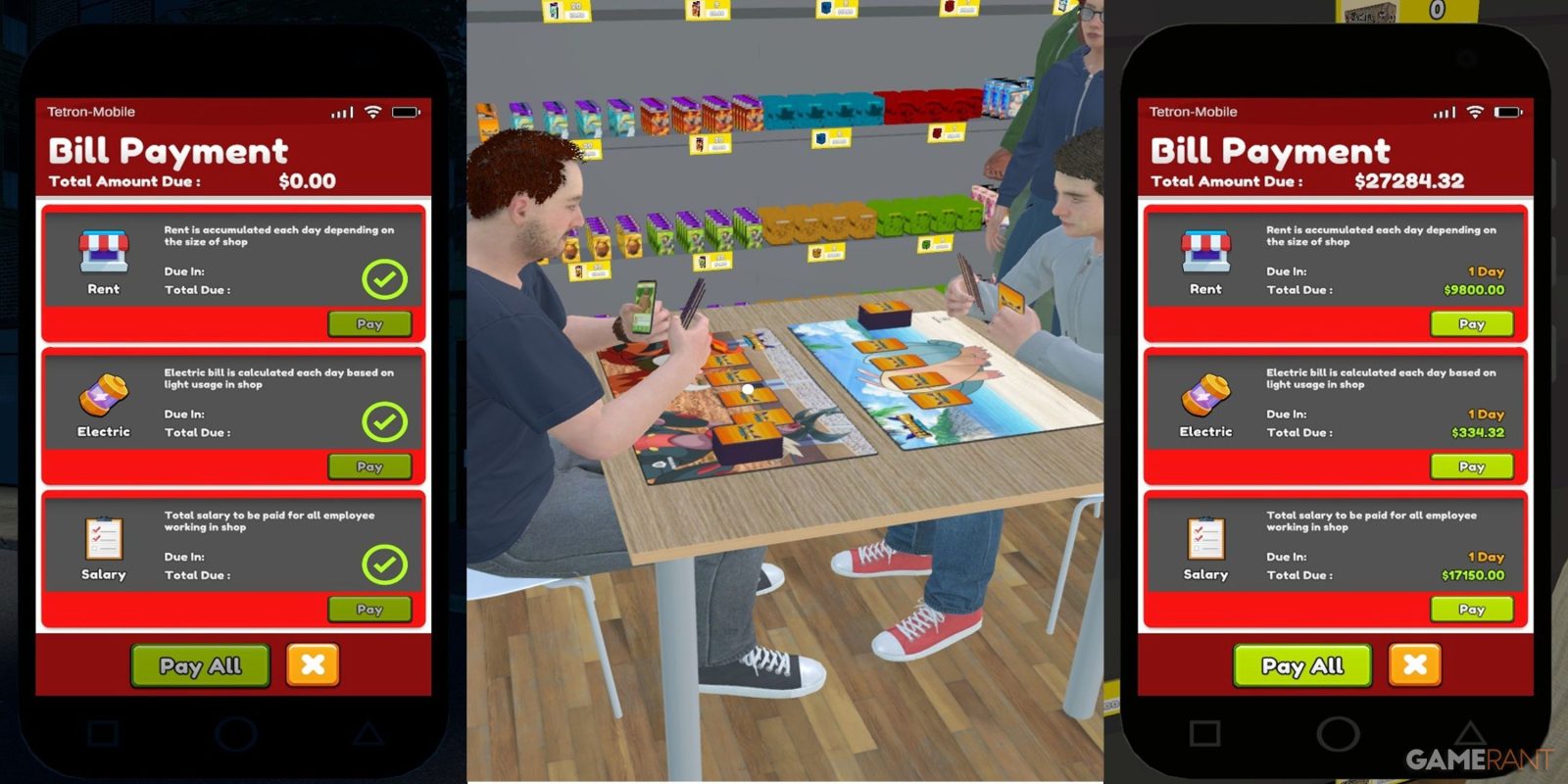


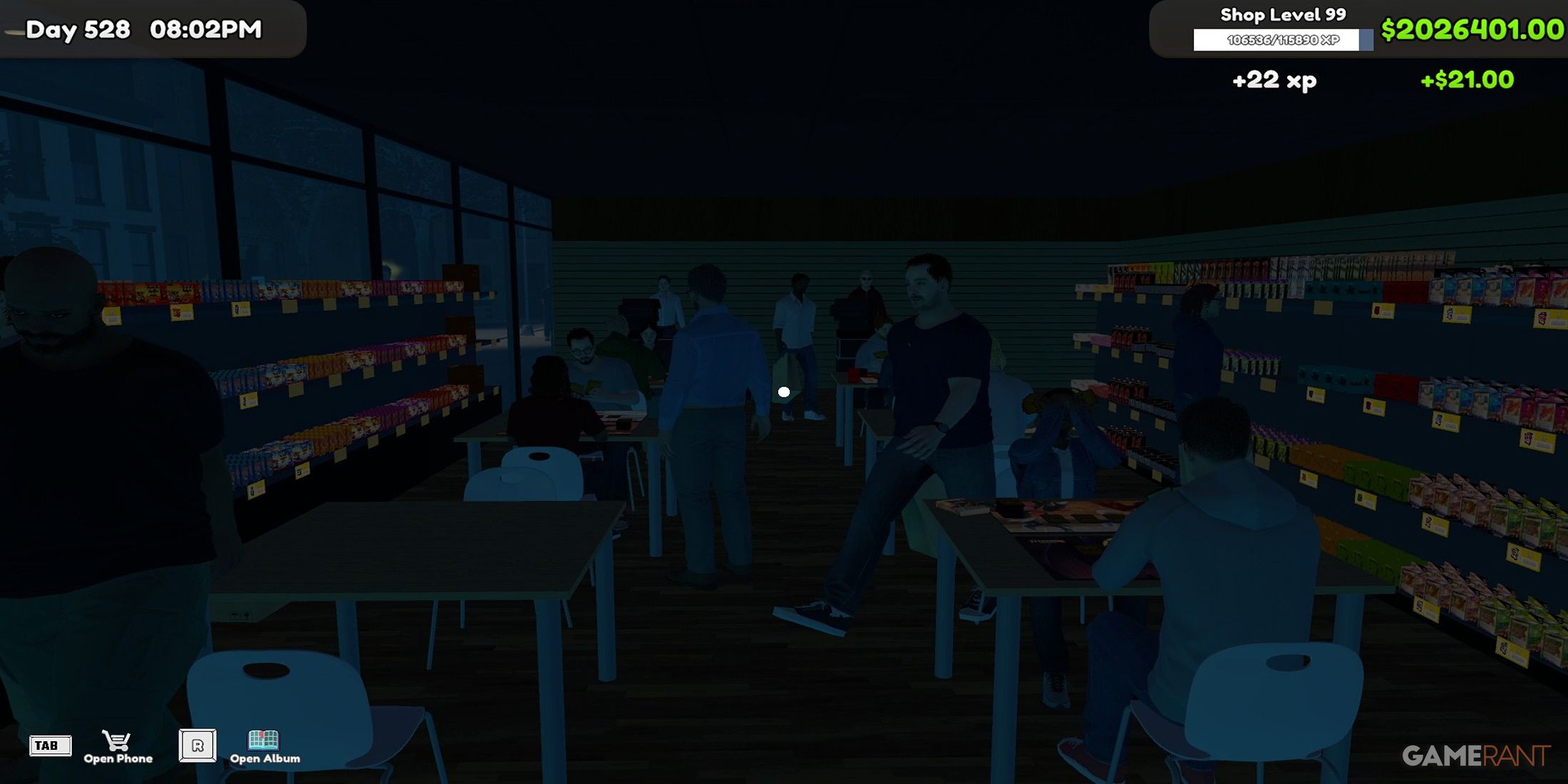
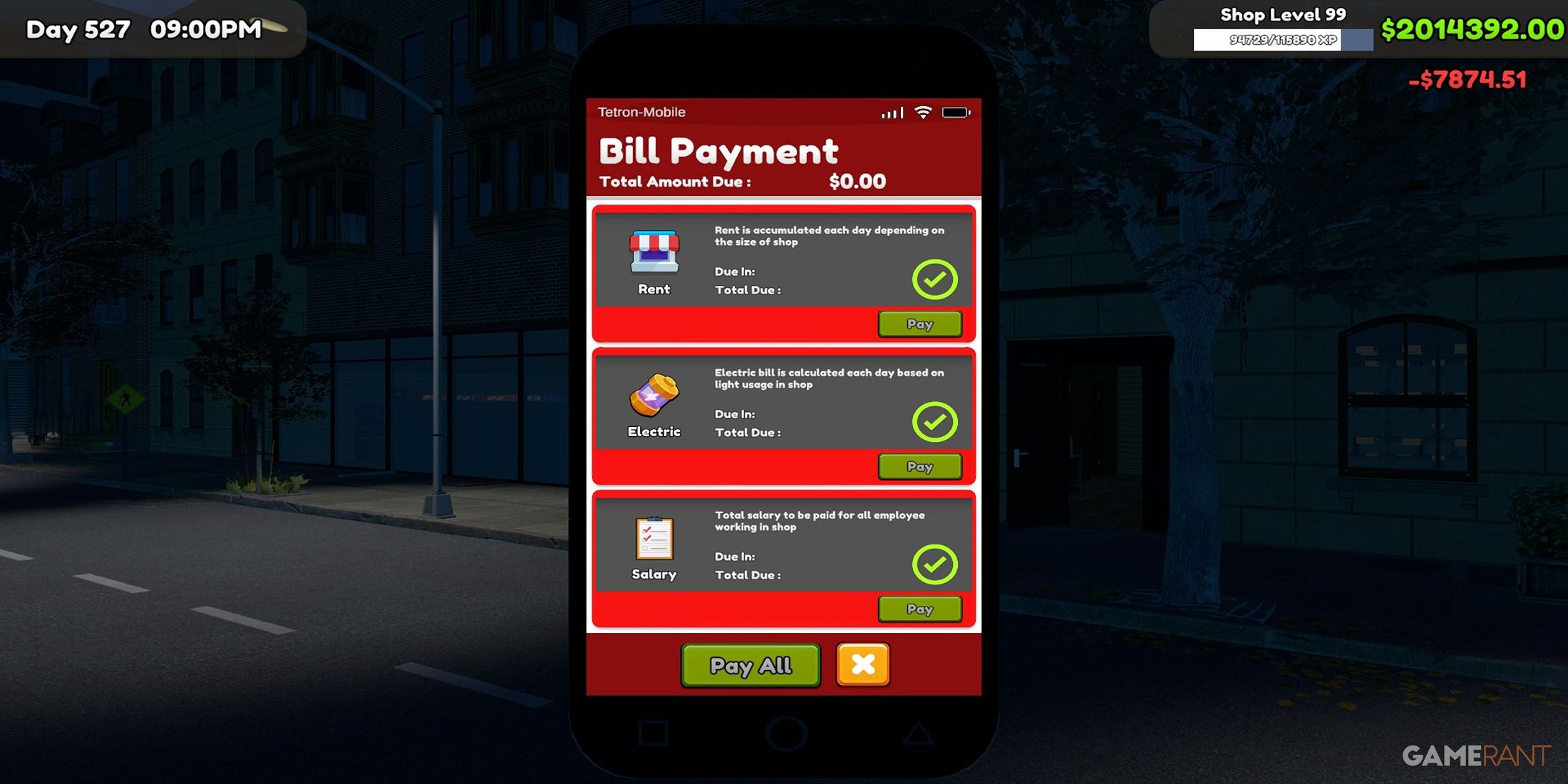
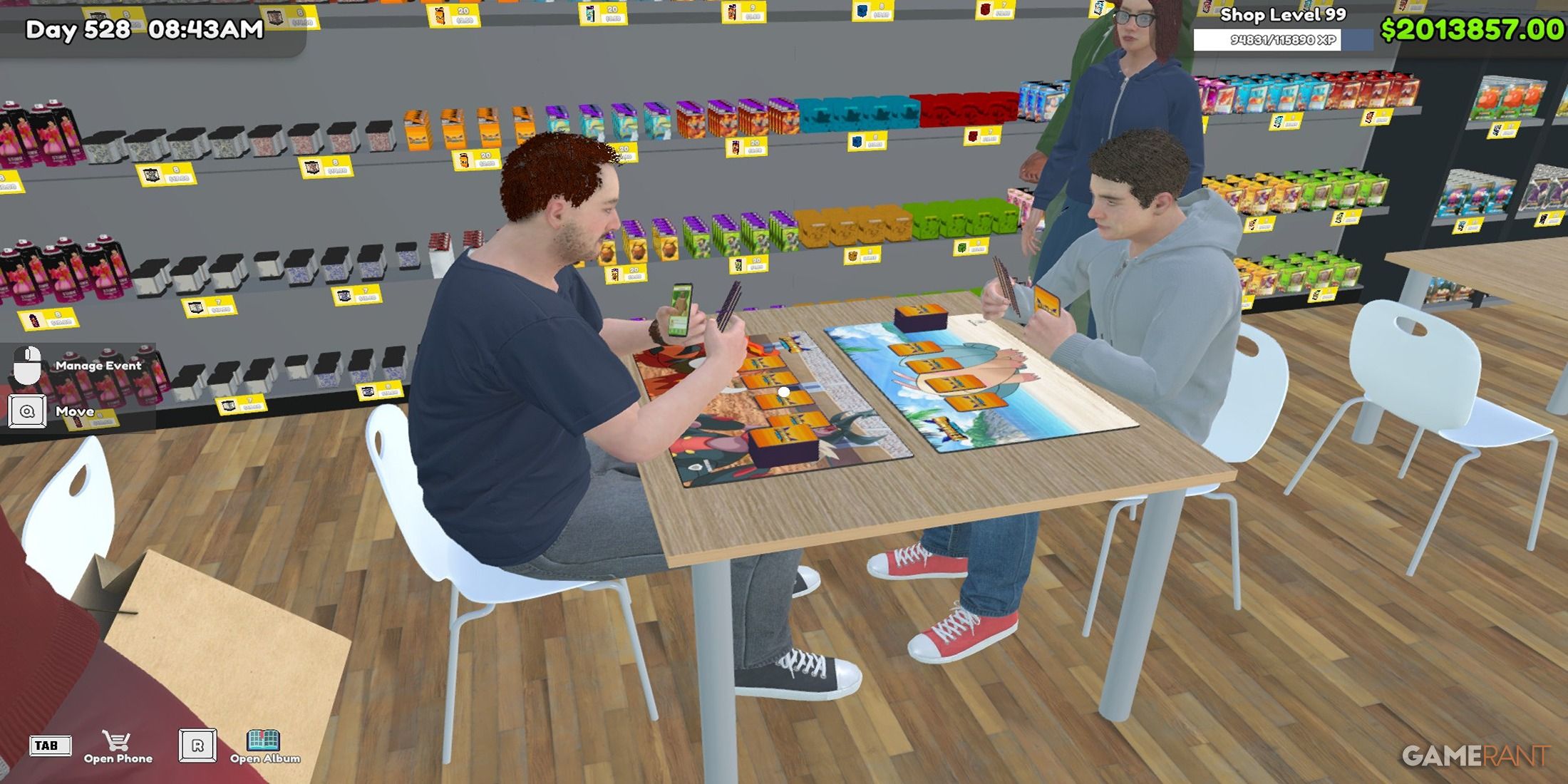
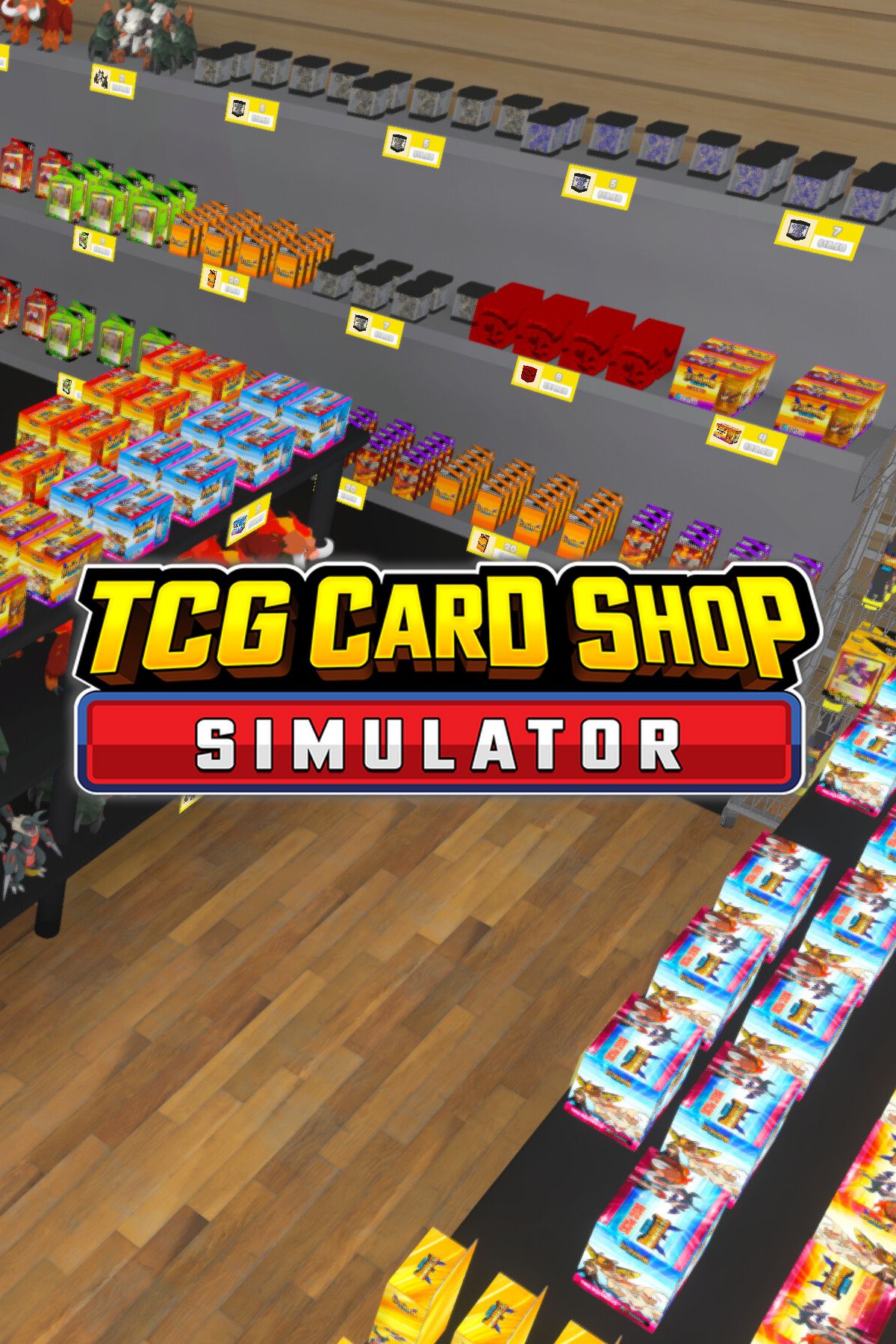


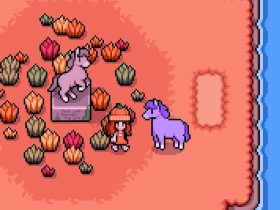
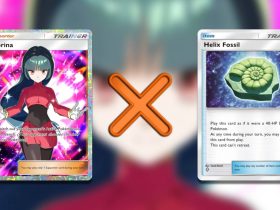

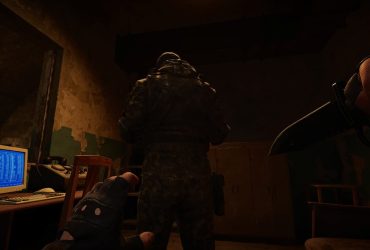



Leave a Reply